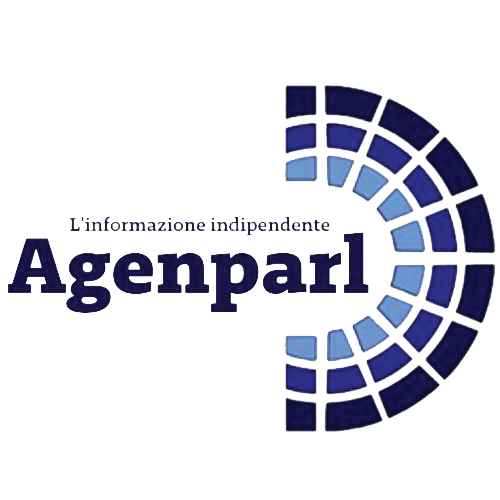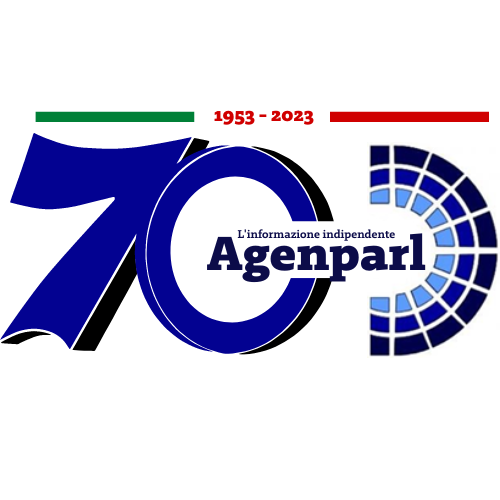 (AGENPARL) - Roma, 31 Ottobre 2023
(AGENPARL) - Roma, 31 Ottobre 2023(AGENPARL) – mar 31 ottobre 2023 Press release
For the first time since its discovery, Michelangelo’s secret room
will be regularly open to the public
From November 15, 2023, the tiny space accessible from the New Sacristy
containing charcoal drawings attributed to Buonarotti will be open to small groups of visitors
Florence, October 31, 2023 – Almost 50 years after its discovery (in 1975), on November 15, 2023,
Michelangelo’s secret room will be open to the public. The tiny space, containing a number of drawings
attributed to Buonarotti, is accessible through the New Sacristy inside the Museum of the Medici Chapels. It
will be open on an experimental basis and for the sake of caution, reservations may be made until March 30,
2024.
The Director General of Museums in Italy, Massimo Osanna, made the announcement on September 26,
2023, during the press conference inaugurating the New Exit of the Museum of the Medici Chapels, an
integral part of the state-owned group of the Bargello Museums directed by Paola D’Agostino. The imminent
and long-awaited opening to the public of the Secret Room, which has never been regularly opened to the
public until now, is possible by virtue of the monitoring to be carried out in the coming months, in agreement
with the Opificio delle Pietre Dure organisation and will commence on November 15 for small groups of a
maximum of 4 people per visit. This will protect the drawings and maintain suitable conditions for
preservation, essential for safeguarding the valuable artefacts. The limited number of visitors per time slot is
due to the need to alternate periods of exposure to LED light with extended periods of darkness. In 2018,
thanks to the cooperation between the Ministry of Culture and Lottomatica, the artist Mario Nanni, assisted
by architect Maria Cristina Valenti, in those years working for the Bargello Museums, also attended to the new
LED lighting in the Secret Room.
“The completion of the works on the New Exit and the adaptations to align the Museum of the Medici Chapels
with safety regulations, will allow the opening of Michelangelo’s Secret Room – explains Massimo Osanna –
an extraordinarily fascinating place, but extremely delicate due to the location of the narrow space in the
museum itinerary and due to the need to protect the charcoal drawings found on the walls”.
“It was time-consuming, constant and painstaking work, involving various professionals and I wish to thank all
the staff of the Bargello Museums that worked with me over these years to achieve this goal – stated Paola
D’Agostino, Director of the Bargello Museums. Among them, I owe special thanks to Francesca de Luca, an art
historian and director of the Museum of the Medici Chapels and the Casa Martelli Museum, and to Benedetta
Cantini, official restorer at the Bargello Museums, for the special care they have given to this extraordinary
space. My deepest gratitude goes to colleagues of the Opificio delle Pietre Dure organisation who, with skill
and passion, share many restoration, diagnostic, monitoring and research projects on several masterpieces in
the Bargello Museums”.
History behind Michelangelo’s Secret Room
In November 1975, Paolo Dal Poggetto, the then Director of the Museum of the Medici Chapels instructed the
restorer Sabino Giovannoni to carry out cleaning tests in a narrow corridor beneath the apse of the New
Sacristy, during a preliminary inspection to search for a suitable space to create the new exit of the museum.
The small room, ten metres long and three metres wide, two and a half metres high at the top of the vault,
was used to store slack coal until 1955 and then remained unused, sealed and forgotten for decades below a
trapdoor covered by wardrobes, furniture and stacked furnishings. It is here, during the cleaning tests on the
walls, that under two layers of plaster the restorer discovered several figure drawings on the walls, drawn
using pieces of charcoal and sanguine, varying in size, often overlapping, that Dal Poggetto attributed for the
most part to Michelangelo. The then director hypothesised that the artist sought refuge in the tiny space in
1530, when the Prior of San Lorenzo, Giovan Battista Figiovanni, hid him from the wrath of Pope Clement VII
who was infuriated because the artist – during the period in which the Medici were driven out of the city –
had served as supervisor of the city’s fortifications for the short-lived republican government (1527-1530).
Upon obtaining the family’s forgiveness, after around two months – which according to the reconstruction
occurred between the end of June and the end of October 1530 – Michelangelo was finally free again and
resumed his Florentine duties until 1534 when he left the city for Rome. According to the theory put forward
by Dal Poggetto, the drawings, still being studied by critics, were produced during the artist’s “self-
confinement” period, using the walls of the small room to “sketch out” some of his projects. These include
works from the New Sacristy, such as the legs of Giuliano de’ Medici, Duke of Nemours, details from ancient
works, such as the head of Laocoön, and projects relating to other sculptures and paintings.
Access to the Secret Room
The Secret Room will be accessible by reservation only to a maximum of four people per guided group, up to a
limit of 100 people per week. It will be open on Mondays (at 15, 16:30 and 18:00), Wednesdays (at 9:00,
10:30, 12:00, 13:30, 15:00, 16:30, and 18:00), Thursdays (at 9:00, 10:30, 12:00, 13:30, and 15:00), Fridays (at
15:00, 16:30 and 18:00) and Saturdays (at 9:00, 10:30, 12:00, 13:30, 15:00, 16:30 and 18:00). Visitors can
spend a maximum of 15 minutes inside the room, accompanied by Museum security personnel. Since it is
necessary to go down a cramped and narrow stairway to access the room, it is not currently accessible to
visitors with disabilities and, for safety reasons, to children under the age of 10.
Tickets will cost 20 euro per person (2 euro for reduced-price tickets; free for children under the age of 18) in
addition to the obligatory reservation fee (3 euro) and the price for the ticket to the Museum of the Medici
Chapels (10 euro regular, 3 euro reduced-price until December 15, 2023). In total, 30 euro plus the obligatory
reservation fee for regular tickets, and 5 euro plus an obligatory reservation fee of 3 euro for reduced-price
tickets.
For further information: bargellomusei.beniculturali.it
Press Office for the Bargello Museums
Ludovica Zarrilli – Tabloid coop
